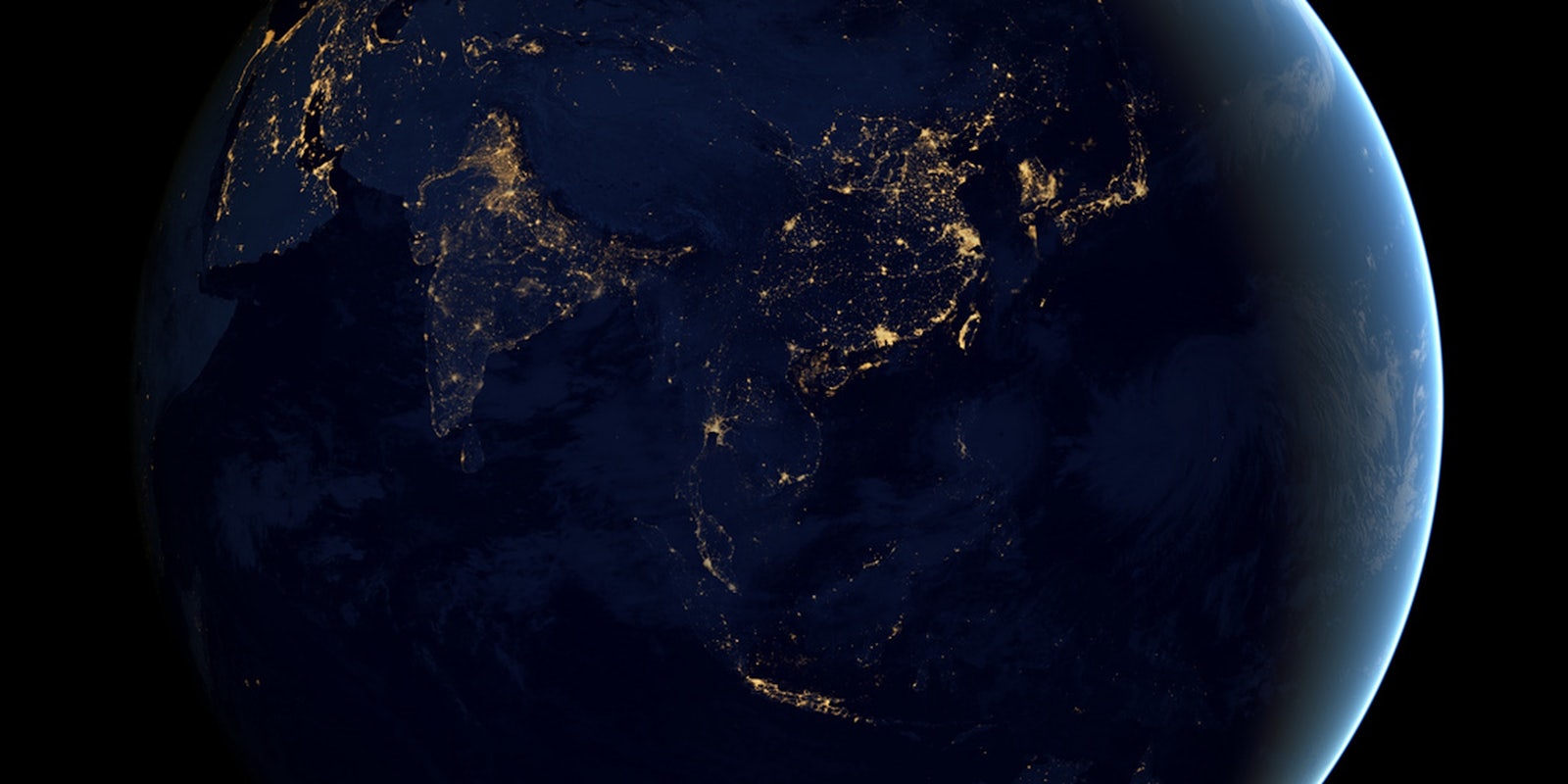You ever block a website so hard, you accidentally take down a quarter million others with it?
That’s the scandal that Australia’s Securities and Investments Commission (ASIC) admitted to Tuesday night.
This isn’t the first time that ASIC, a government agency tasked with regulating Australian corporations, has been accused of censoring websites.
The process started in November 2012, when Australia adopted a policy of asking its Internet service providers to block child pornography sites listed by Interpol, as well as to “voluntarily” block sites when requested by law enforcement. According to a report by Australian tech magazine Delimiter, that’s the authority ASIC used to request providers to start blocking sites—and it worked.
There’s a hitch with ASIC’s methods, though: It apparently didn’t understand how the Internet works. Instead of actual domain names, ASIC’s requests were reportedly for entire Internet protocol (IP) addresses, which domains can share. So when ASIC asked Australia’s Internet providers to block a purported scam called Global Capital Wealth, they inadvertently also censored Melbourne Free University, a free college established in 2009.
But at a Senate hearing Tuesday, ASIC admitted it was much, much worse than the 1,200 websites it had accidentally blocked. Instead, it had, in issuing 10 requests to block a total of 1,000 websites, actually taken down 250,000.
Those 249,000 extras, ASIC said, weren’t weren’t as tragic as taking down Melbourne Free University. They offered “no substantive content” or were available for sale.
A spokesman for Electronic Frontiers Australia, a digital rights group, called for ASIC to require a warrant to make more requests.
“Clearly there is a lack of technical understanding about how to do this without creating collateral damage, as we’ve already seen,” he told news.com.au.
H/T Techdirt | Photo via NASA Earth Observatory/Flickr


